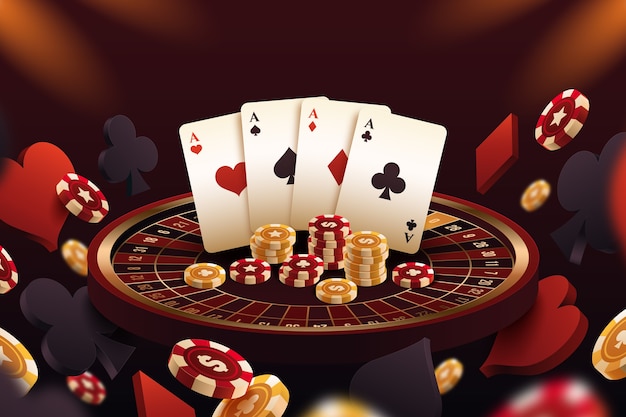For the past two weeks, I’ve been posting about utilizing different applications in order to learn to play.
“Just a few of plays worth two cents or less if you make the wrong one are sometimes on the side and some are somewhat ordinary. I would compare this article to a card counter learning every single playing indicator for blackjack. While there’s an index for dividing 10’s vs two and then doubling if one of these receives an expert, is it really worth learning?”
I am a participant whose objective is to play Kalyan jodi chart hand perfectly on matches where that is possible. I know that many gamers don’t have exactly the same goal.
If a 5-coin dollar player had a goal of playing well enough that he gave up less than an extra 25cents an hour whilst playing with a simplified strategy, that is probably a fair goal for the vast majority of players. Indeed, most gamers give up far more than that.
The question is how can you attain such a target? A strategy like Level 3 to the Dancer/Daily cards is definitely strong enough to meet that goal if you play with it perfectly. That does not mean play with the gambling perfectly. It means play with the simplified approach perfectly.
Most players need to practice a whole lot to play the Sridevi jodi chart of that level. If you are not practicing using a pc which corrects your errors, it’s close to impossible to perform that well.
I know from teaching courses for at least 20 years that lots of players don’t know the simplified approach rules in the beginning. I’ll explain the principles and place a problem hand on the plank. Many students usually miss the hands the very first time they see it. To be certain, the difficulty hands in class tend to be more difficult than ordinary. But if it were easy for everyone to comprehend the rules without analyzing, nobody could be missing them.
Therefore, as you’re practicing on the computer, sometimes you’re going to be dealt a hand that the simplified strategy misplays. An easy illustration from 9/6 Jacks or Better: The basic strategy says to play K♣ J♦ T♦ 4♥ 3♣ and K♣ J♦ T♦ 4♦ 3♣ identically, but powerful players know you hold JT at the very first and KJ at the second.
So, the question becomes: If you play JT about the second hand and the computer says you made a mistake, what do you do? Can you look up how much the mistake could be worth? If you do, it is about a penny. Do you try to determine how frequently it happens? If you do, it is about once in 2,000 hands, even though some of those include a seven that reduces the mistake to 0.3 cents. Others include an eight or two in them which reduce the size of the malfunction to some half cent.
This was one easy case. There are several such cases in each match. There is some overlap between games and between errors, but each one is somewhat different.
It takes a lot of effort to figure out whether a particular error is small enough and rare enough to ensure it is safe enough to jump. In the comment to my website, the commenter appeared to indicate that he understands these things and may decide each time whether that is a mistake he could dismiss or not. My purpose is, it’s not that easy to know this. It’s arguably about as difficult to understand WHY the hands are played differently as it is to know how rare and big an error is.
In one of the examples in my website, I cited the case at NSU Deuces Wild of A♠ T♠ 9♥ 7♣ 5♦, where the proper play is AT, which is worth an eighth of a penny more than throwing all of the cards away. It occurs every 108,000 palms or so and really is an error that takes time to memorize than it’s worth. But few palms would be that cut and dried.











